
Eight proud car brands, hundreds of thousands of cars sold every year, and all could be at risk by 2026. Stellantis is preparing a major review of its 14-brand portfolio, a move that has investors and auto fans on edge.
The company is facing falling profits, rising costs, and mounting competition. How Stellantis handles this review could reshape the future of multiple iconic car brands worldwide.
Stellantis Signals Major Brand Review

In October 2024, former CEO Carlos Tavares said Stellantis would evaluate all 14 brands “about two-thirds of the way through the Dare Forward 2030 plan.” Bloomberg and Reuters report this review is set for 2026-2027, and decisions could include restructuring, sale, or potential discontinuation.
While Stellantis publicly maintains all brands have a future, internal pressures suggest some may not survive. Investors are watching closely as the company adapts to the changing automotive landscape.
Why Now? The Industry’s Pressures

Automakers face rising costs, tougher emissions regulations, and the expensive shift to electric vehicles. The Wall Street Journal notes European electricity and gas prices are far higher than in the U.S., pushing production costs up. Chinese automakers are projected to capture 10% of the European market by 2030, adding competitive pressure.
Stellantis has committed over €30 billion ($33 billion) to electrification and software, yet some brands may not justify the investment, especially as EV production remains costly and complex.
The FCA–PSA Mega–Merger
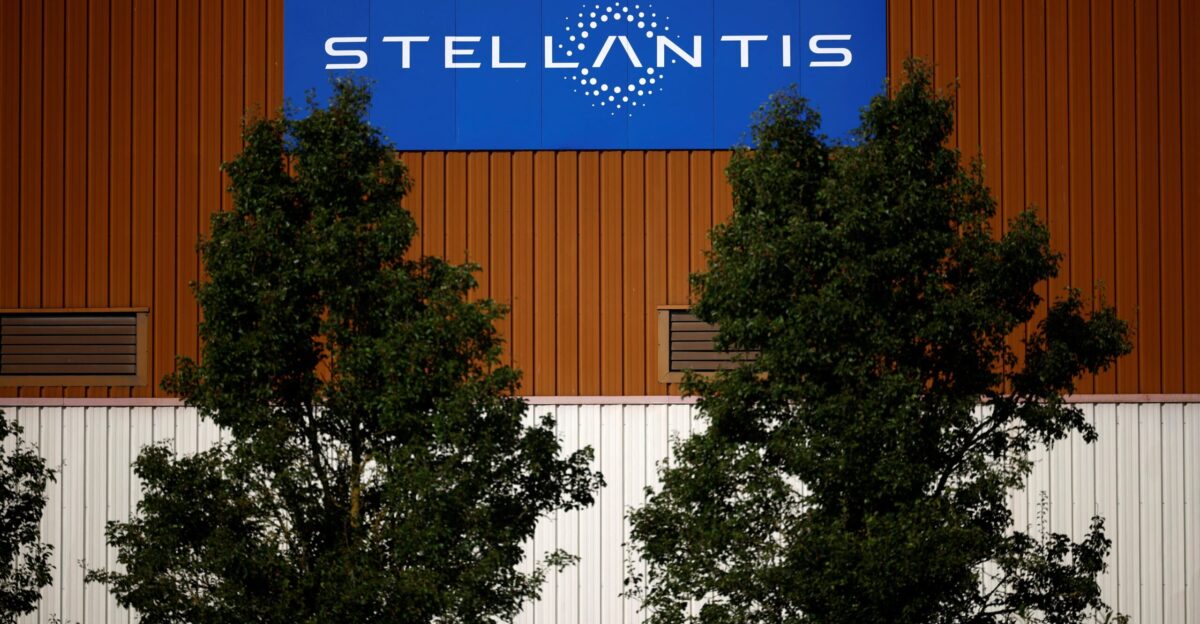
Stellantis was born from the 2021 merger of FCA and PSA, combining 14 brands across Europe, North America, and beyond. Peugeot, Opel, Citroën, Fiat, Chrysler, Dodge, Jeep, Ram, Alfa Romeo, Lancia, DS Automobiles, Maserati, Vauxhall, and Abarth now operate under one roof.
This mix of mass-market and premium brands offers breadth but creates internal competition. The company must balance legacy models with emerging EV priorities, and its portfolio’s size is drawing both scrutiny and speculation about which brands can thrive long term.
Too Many Brands, Too Little Differentiation
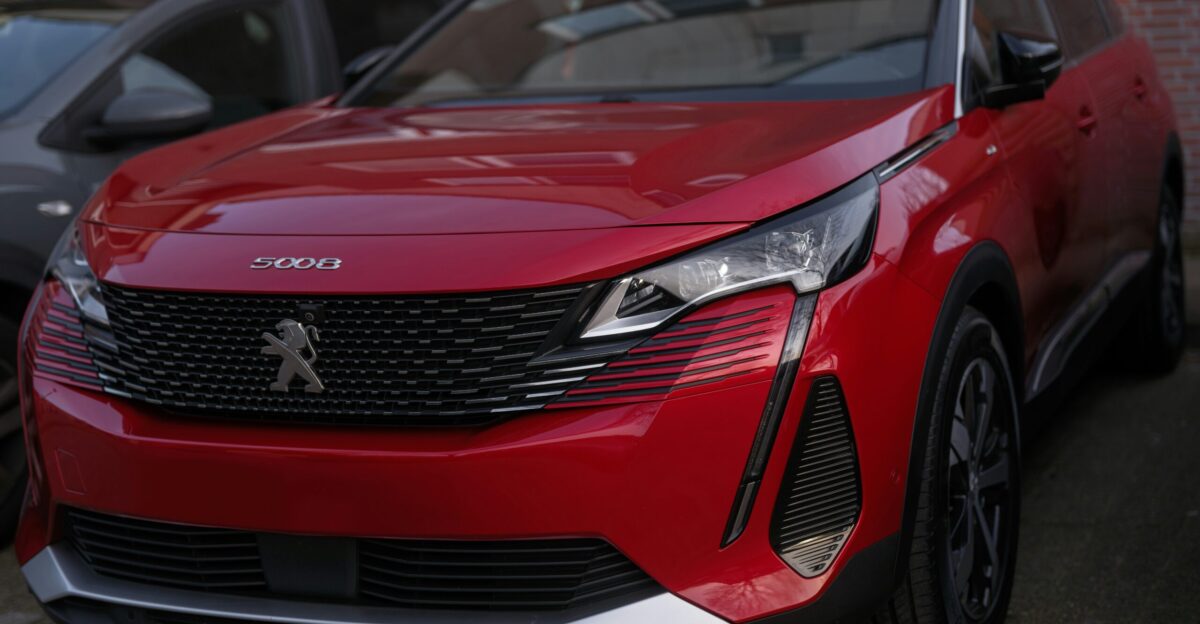
Stellantis brands often compete in overlapping markets. Opel and Peugeot target similar European segments, Fiat and Citroën sell small city cars, and three premium brands—DS, Lancia, and Alfa Romeo—share less than 2% combined market share. Each maintains separate dealer networks, marketing budgets, and development teams, straining resources.
This lack of differentiation has weakened overall profitability. Analysts suggest streamlining may be necessary to free up investment for high-potential brands, particularly as electrification demands capital and attention.
The Sales Drop That Raised Red Flags
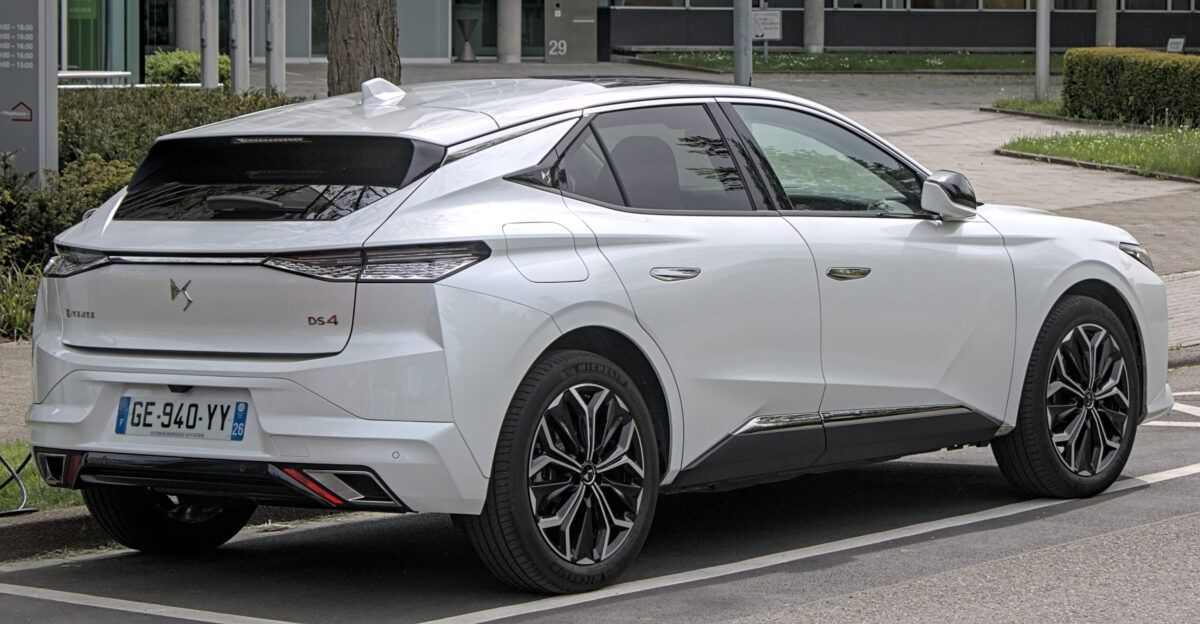
Some Stellantis brands are underperforming sharply. DS Automobiles sold only 42,000 units globally in 2024, down 24%, while Lancia’s European sales collapsed 73% in early 2025. Maserati lost €260 million ($286 million) with sales falling from 26,600 to 11,300 units. Chrysler now sells just minivans.
Combined, these vulnerable brands generate around 600,000 units annually, representing roughly 11% of Stellantis’ global volume. Automotive News and official Stellantis reports highlight that continued losses could influence decisions during the 2026 review.
So, Which Brands Are Most at Risk?
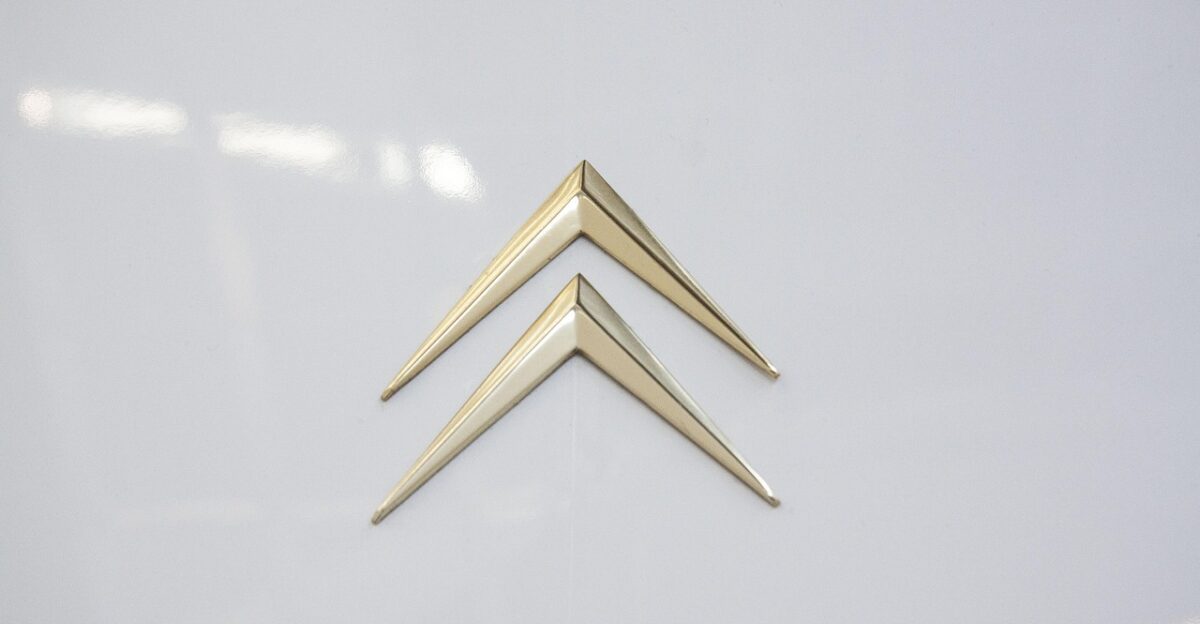
While Stellantis has not confirmed any eliminations, industry analysts point to eight brands as most vulnerable. Experts caution that profitability, market relevance, and the cost of electrification will weigh heavily in any decisions.
#1: DS Automobiles
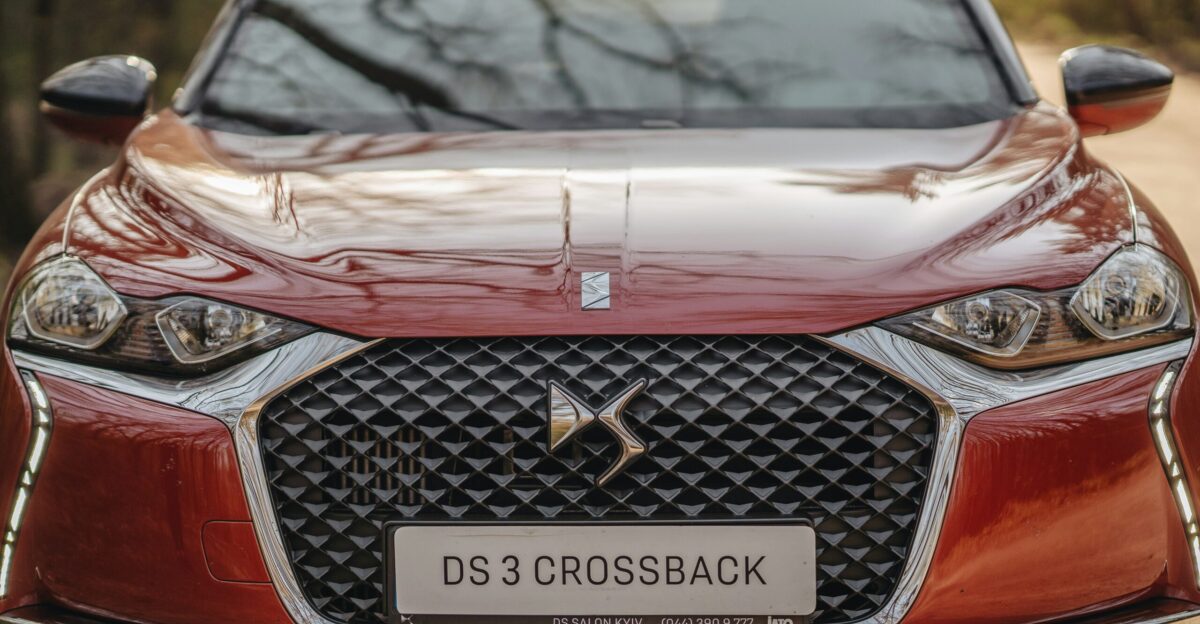
DS Automobiles struggled with just 42,000 global sales in 2024, down 24% from the previous year. The French luxury brand has yet to find a profitable footing in the crowded European market. Early 2025 registrations fell 30.3%.
Stellantis’ internal review will weigh whether DS can sustain investment for EV models and software development. The brand’s heritage as a French luxury innovator is notable, but without strong sales momentum, it could face restructuring or other strategic options during the 2026 review.
#2: Lancia
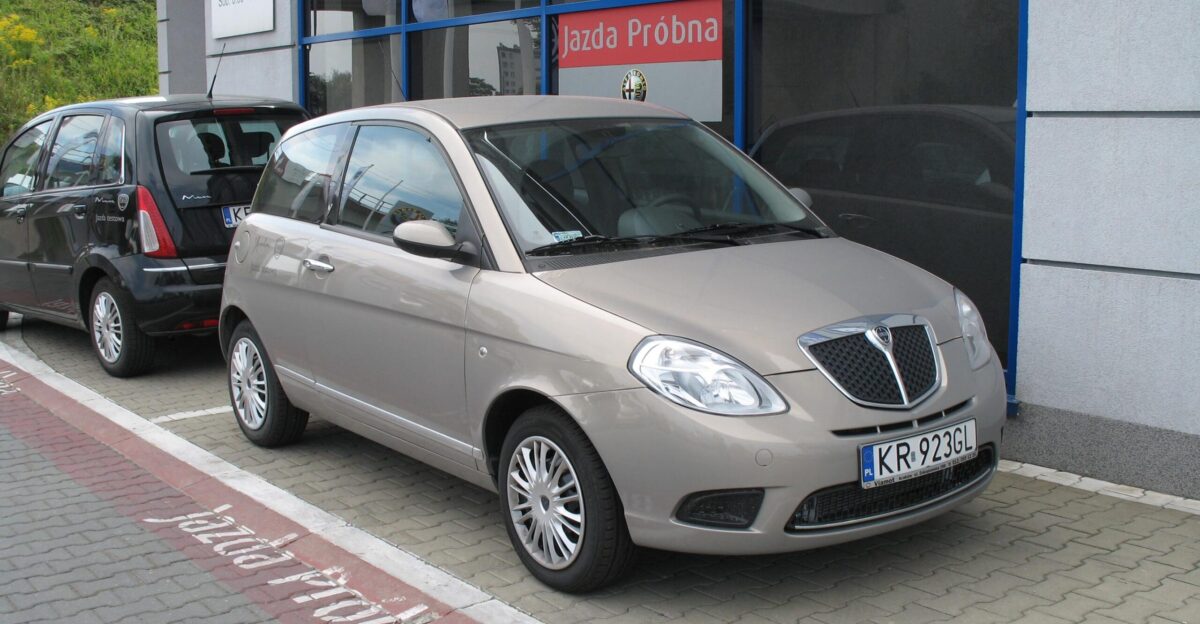
Lancia, Italy’s historic automaker, sold only 2,208 units in the first two months of 2025, a 73% collapse. The new Ypsilon has not reversed the decline, and plans for the Gamma crossover and Delta remain uncertain.
Analysts see the brand as high risk due to limited market reach and weak profitability. Stellantis faces tough choices on whether to invest further, sell, or restructure Lancia, especially as its small market share limits scale advantages for future EV development and global growth.
#3: Maserati
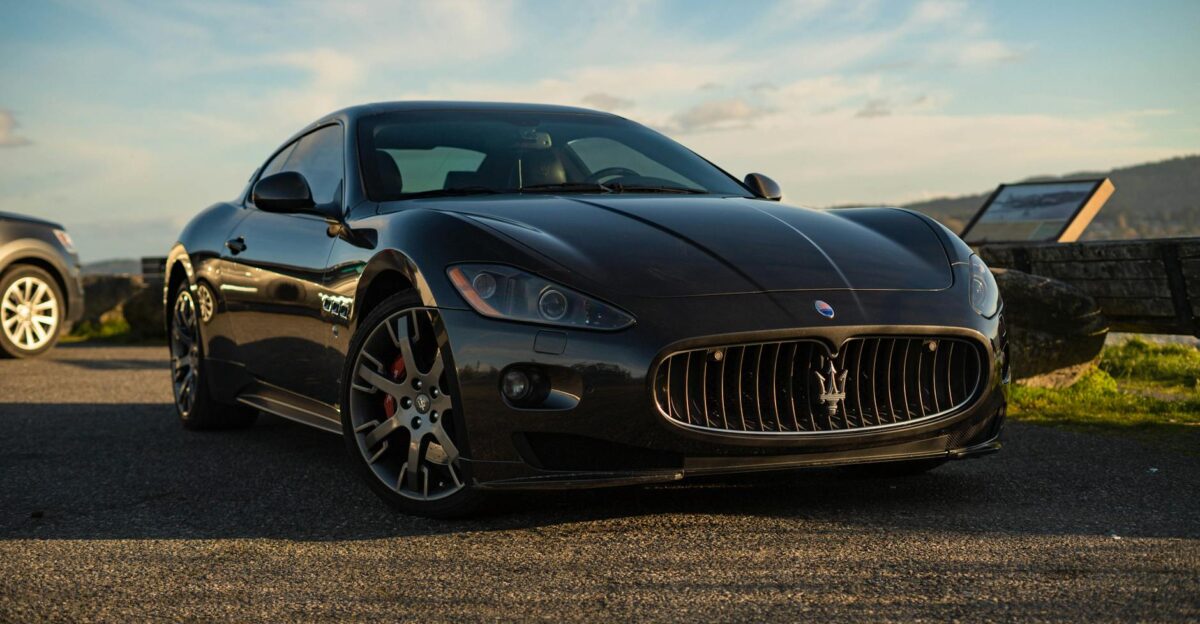
Maserati’s losses reached €260 million ($286 million) in 2024, with global sales dropping from 26,600 to 11,300 units. The Modena factory produced just 45 cars in the first six months of 2025. Stellantis is reportedly considering strategic options, including a potential sale.
Maserati’s high-end Italian luxury image is at stake, yet without improving profitability, continued investment may not be justified. The brand’s performance pressures Stellantis to focus resources on more profitable or scalable EV-ready brands across its global operations.
#4: Chrysler

Chrysler now sells only the Pacifica and Voyager minivans. Once a major U.S. player, the brand has seen sales collapse. North American sales dropped 20% in Q1 2025, and profitability is minimal.
Stellantis’ review will likely consider whether Chrysler can remain viable or should be phased out if minivan demand cannot support investment in electrification. Its legacy is significant, but market realities highlight challenges for continued growth and relevance in a competitive U.S. automotive landscape dominated by SUVs and trucks.
#5: Dodge

Dodge saw first-half 2025 sales fall nearly 50%, with only 47,481 vehicles sold versus 92,735 in 2024. The new Charger Daytona EV sold just 4,299 units. The brand’s muscle-car image struggles in an era favoring electrification and SUVs. Analysts suggest Dodge must prove profitability or face restructuring.
Stellantis’ 2026 review will weigh the viability of continued investment in EVs and software for Dodge, balancing the brand’s loyal following against declining sales, thin margins, and global competitiveness pressures.
#6: Abarth
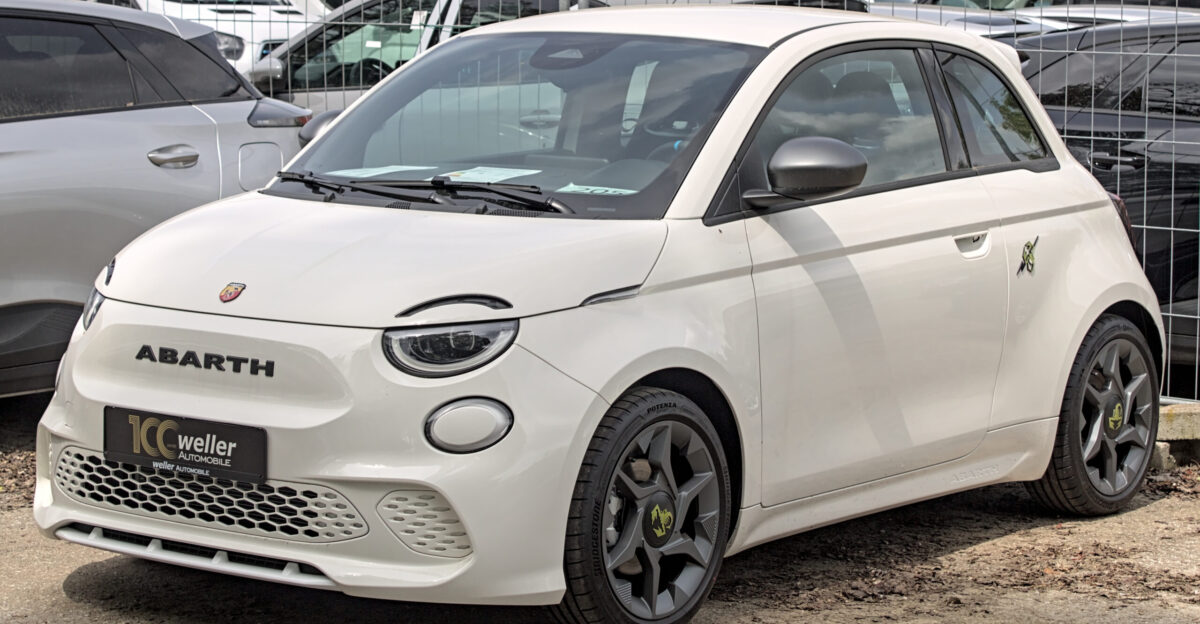
Abarth is a niche performance brand focusing on electric hot hatches like the 500e. Market presence is limited, and sales figures are not publicly reported. Stellantis’ strategic review will examine whether continued investment in Abarth delivers sufficient returns, particularly as electrification requires heavy capital.
While enthusiasts value the brand’s sporty heritage, scaling globally is challenging. Abarth’s survival may depend on profitability in a specialized segment and alignment with Stellantis’ broader EV-focused strategy over the coming years.
#7: Vauxhall
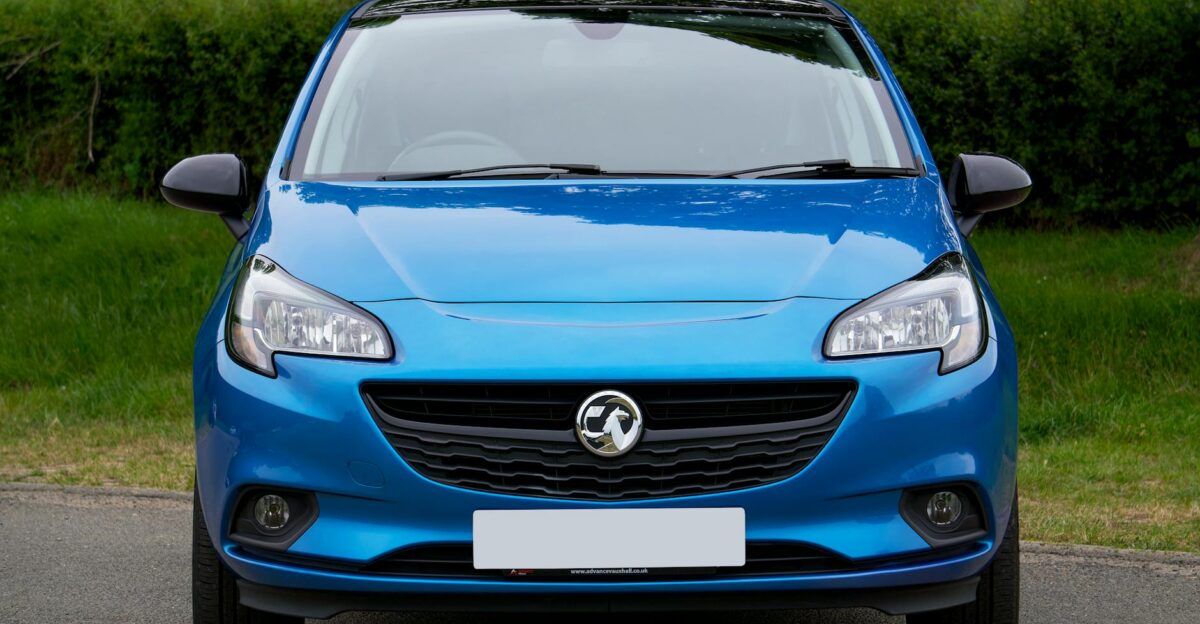
Vauxhall is essentially the UK counterpart of Opel, selling nearly identical vehicles with different branding. Post-Brexit complications and declining sales make the brand vulnerable. Analysts suggest Stellantis may consolidate operations with Opel or adjust investment.
The 2026 review will consider whether maintaining separate networks and marketing for Vauxhall remains justified. Despite its historical significance in the UK, global strategy and efficiency pressures may force Stellantis to reallocate resources to brands with more substantial growth potential or broader market appeal.
#8: Alfa Romeo
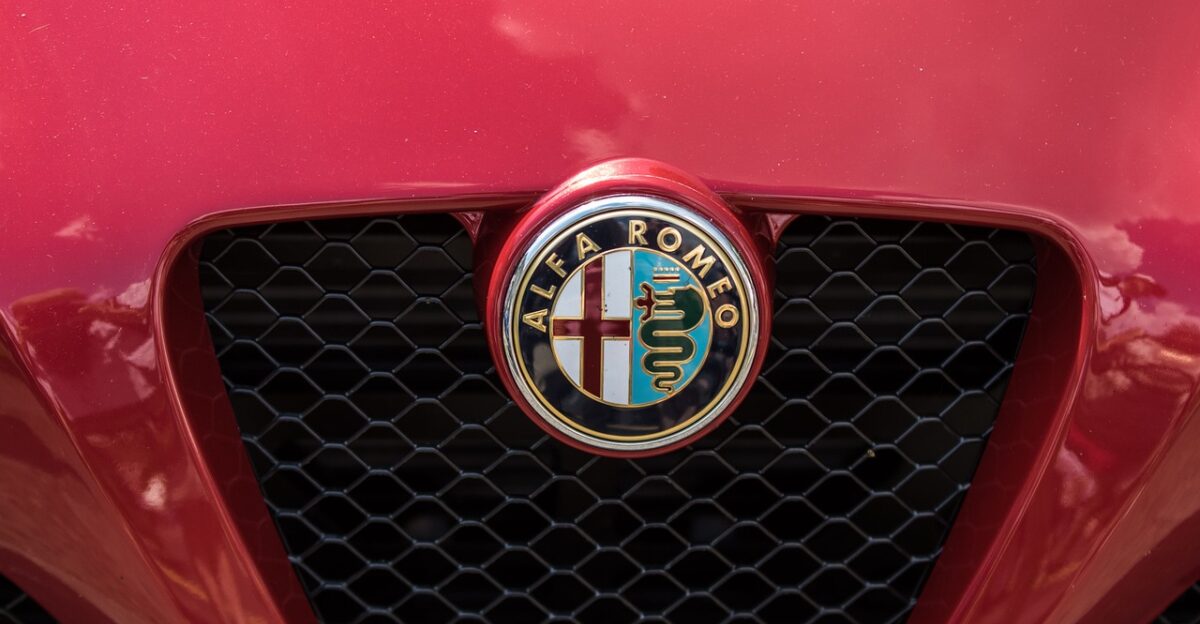
Alfa Romeo shows some growth thanks to the Junior SUV, with over 45,000 orders, but overall performance is mixed. Its luxury positioning faces tight competition in Europe and globally. Stellantis’ review will assess whether Alfa Romeo can sustain profitability and continue investing in electrification.
The brand’s history and enthusiast following add weight, yet practical business considerations—market share, sales volume, and EV readiness—will determine its future. Alfa Romeo represents both opportunity and risk within Stellantis’ complex portfolio.
What Happens to Owners?

Stellantis has committed to maintaining warranty coverage for existing vehicles and honoring service agreements for all brands through contracted periods. Parts availability and dealer support will continue, though long-term service depends on the outcomes of the 2026 review.
Owners may see slower inventory replenishment or changes in service offerings, especially for struggling brands. The company emphasizes that current ownership rights remain intact, providing reassurance even amid speculation about potential restructuring or divestments across the Stellantis brand portfolio.
The American vs. European Angle
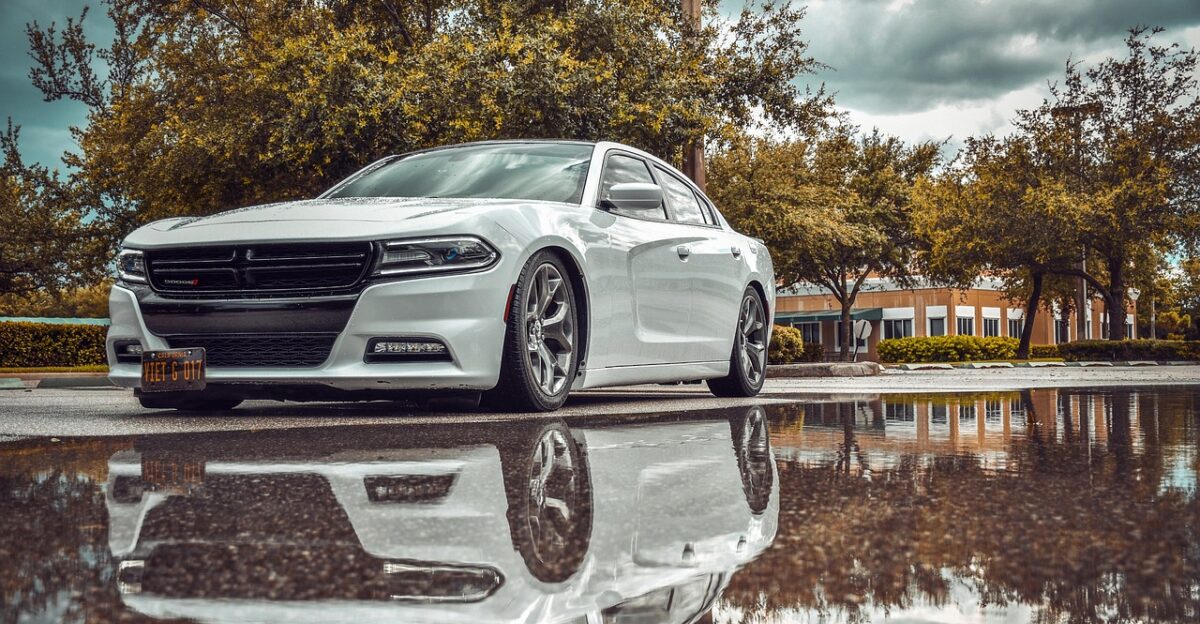
Dealers and consumers will feel the impacts differently across regions. European brands like Lancia, DS, and Alfa Romeo face stricter EV mandates, higher energy costs, and intense local competition. U.S. brands such as Chrysler and Dodge grapple with declining minivan and sedan demand.
Stellantis’ decisions will reflect both market potential and profitability in each region. European operations may require production adjustments, while North America may see investment concentrated on Jeep, Ram, and high-demand EV-ready vehicles, shaping the geographic distribution of resources.
Winners Inside Stellantis

Jeep, Ram, Peugeot, Citroën, Opel, and Fiat are prioritized for investment. Jeep alone accounts for 15% of global volume. Ram generates strong North American margins, and Peugeot dominates the European mass market. These brands are considered profitable, scalable, and EV-ready.
Stellantis focuses on these core operations to maximize returns from its €30 billion ($33 billion) electrification investment. By contrast, weaker performers are under evaluation, highlighting how strategic prioritization may reshape Stellantis’ portfolio while safeguarding brands with sustainable market positions.
The EV Push Underlying It All
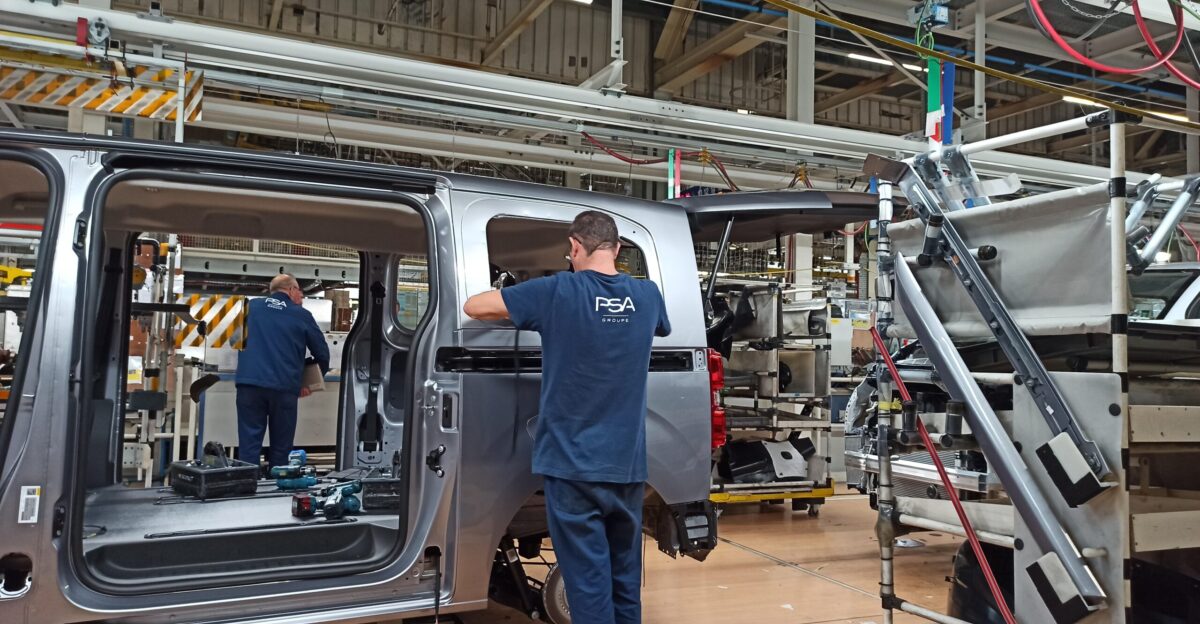
Electrification drives Stellantis’ strategic review. Over €30 billion ($33 billion) has been allocated through 2025 for battery and software development. Full EV adoption in Europe is expected by 2030, with 50% of U.S. passenger cars being electric. Brands unable to absorb these costs or scale EV production may face restructuring.
Stellantis aims to concentrate investment on brands that can succeed globally while meeting EU and U.S. regulations. The 2026 review will weigh legacy brand value against the financial realities of EV transformation.
Beyond 2026: The End of an Era

By 2026, Stellantis hopes to streamline operations, improve margins, and focus on EV-ready brands. Some historically iconic names may be restructured, sold, or discontinued. While eight brands are identified as most vulnerable, no official eliminations have been announced.
The auto world continues evolving, and Stellantis must adapt to survive. For these brands, the engine could be turned off, but for Stellantis, the road ahead is electric, strategic, and focused on a leaner, globally competitive future.